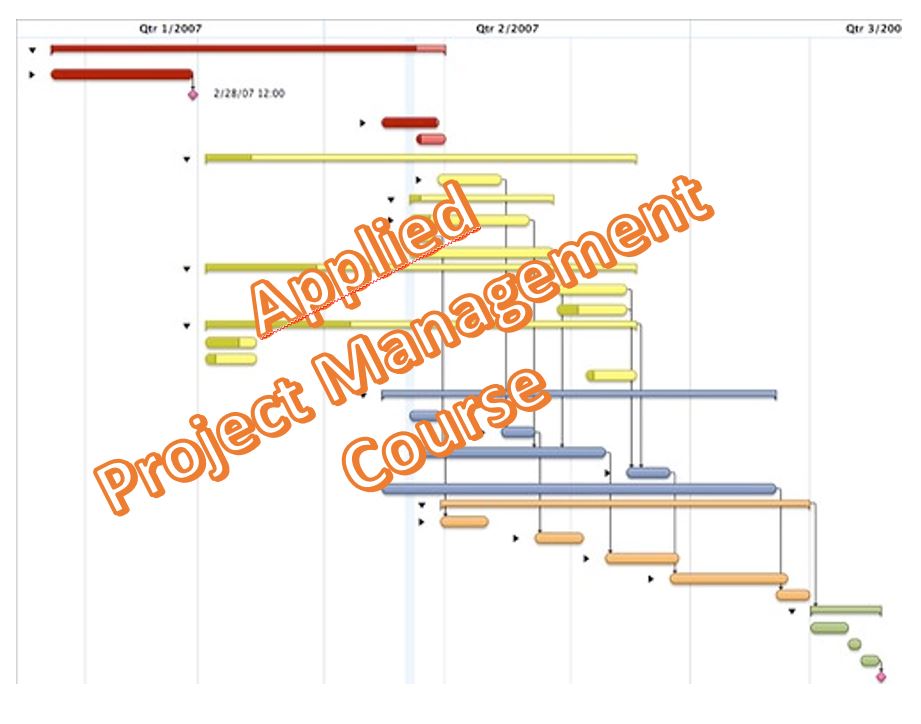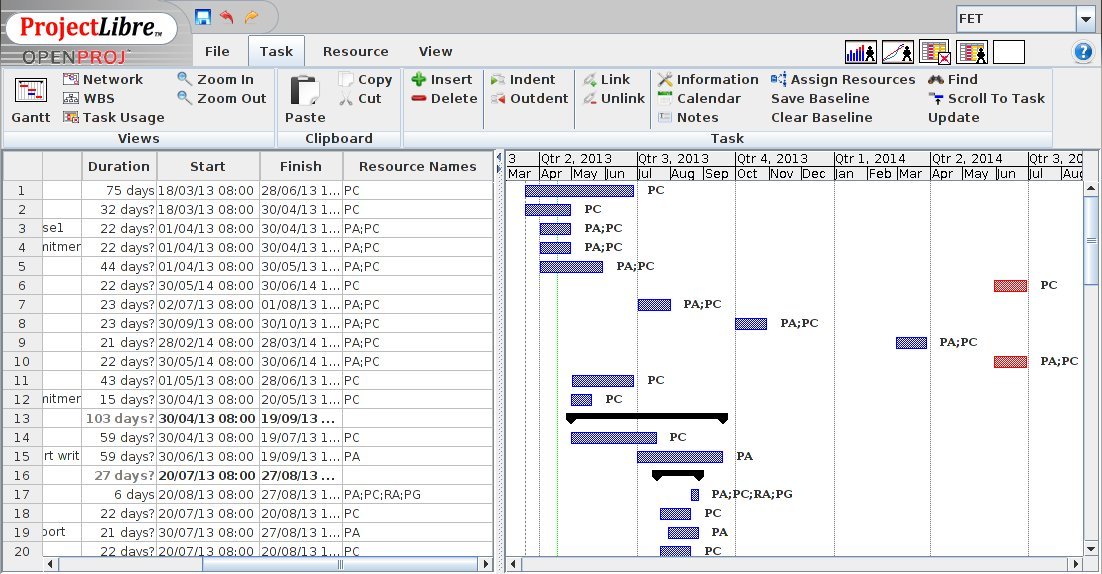In this module you will find out:
- What are the outcomes of the initiation phase
- Impulses for project creation - where do they get generated?
- Who proposes, who decides?
- Basic documentation: Business Case and RFI (followed by RFP)
- The importance of the initiation phase
The aim of the initiation phase
The aim of the initiation phase is to decide, which project incentives will be further developped and proceeded into the planning phase and what will be the essential "modus operandi" that will be used for implementation.
Project incentives - sources
In the real world, there is a constant process of generating incentives for the implementation of new projects. Their goal is to innovate existing products, services or processes so that the organization maintains and strengthens its position in the market. Incentives to implement new projects can therefore come from many sides, both externally and internally.
Internal sources:
- top management - in connection with new visions and strategic goals of the organization
- intermediate level of management - in an effort to streamline existing processes / services / products
- ordinary employees who are most thoroughly acquainted with specific problems of practice
- HR employees - in an effort to strengthen the position of the organization as an attractive employer in the labor market
- finance department - in an effort to reduce costs and increase profits
- quality control department,
- customer relationship management department,
...
External sources:
- customers - feedback on provided services / products (complaints, awards)
- outputs of scientific research and technological development
- results of surveys and inquiries
- recommendations of consulting companies
- competition - in an effort to keep up or outperform the range of services / products
- state authorities incl. new legislative regulations, norms, standards
...
As you can see, the number of those, who may come up with an idea for a new project is very large. However, not all ideas may be taken all the way to the realisation. Therefore, a complex evaluation of all incentives must be completed by the appropriate level of management and all proposals must be evaluated in respect of their compliance with strategic goals and visions of the organisation as well as available sources (incl. time and finances). This decision making process requires a reasonable amount of data, that has to be gathered as a knowledge base for a well-considered decision.
The following information set is usually required by bodies that are responsible for the final "go/no-go decision" on the side of the investing organisation:
- the reason for the initiative for change
- potential benefits (quantitative and qualitative)
- potential associated risks
- financial indicators (general budget, TCO, ROI, cash flow, financing methods, etc.)
- key resources (incl. human)
- general timetable
- assumptions
- links (other projects, surroundings of the organization, etc.)
- "modus operandi". In IT projects eg. in-house, investor as a system integrator, external company as a system integrator, SaaS.
...
Often, all of the data is summarized in a document that is called "business case".
Go and now ???
If the decision of the appropriate responsible body is "go" and an external company is to be the main supplier of the particular process, a document called "Request for Information" may be completed.
Request for Information
When looking for external suppliers, you need to get an overview of the situation on the market. Based on the outcomes of your initial research you may distribute the so called (RFI) to the potential suppliers. The aim of the RFI is to get a better understanding of the products/solutions/services offered by those companies in a non-binding way. In the RFI, the investors usually provide basic information about the type of solutions they are looking for without any further detail.
The response is usually a very brief, marketing-like description of the product/service/solution. This description is usually not adjusted to the particular needs of the investor. Often, a presentation or reference visit is proposed to the investor.
The outcomes of the RFI serve as a basic documentation of the preliminary selection process of potential suppliers. In the next step, the selection process on a much more specific level is initiated by the investor as the so called Request for Proposal is sent out to the pre-selected companies.
Request for Proposal (RFP)
Request for Proposal differs from RFI in two major ways: it´s binding and often confidential.
In the RFP the investor is already much more specific in its description of
- desired outcomes of the project and expected benefits
- current environement
- time constraints
- budget etc.
When writing a RFP, be careful:
- to be as precise as possible in description of your requirements, so that the responses to your RFP are mutually comparable
- to describe problems that you desire to solve - NOT SOLUTIONS!
- to follow all legal requirements so that the selection process may be as smooth as possible and your project may start on time (particularly important in state organisations for which specific laws regulating procurement activities apply)
- to assure that all the communication is confidential (NDA or labeld "confidential" with potential consequences in case confidentiality of the communication is breached)
- to specify, how the whole procurement process will look like, how the responses will be evaluated.
As you can see, the RFP brings us on the edge of iniation and planning phase.


